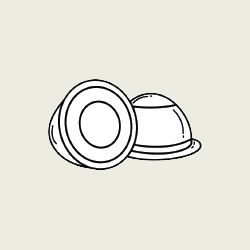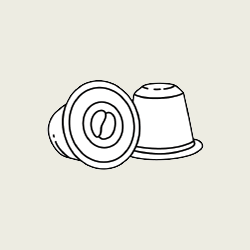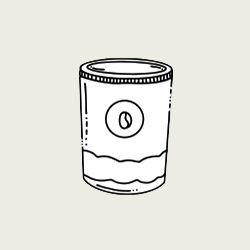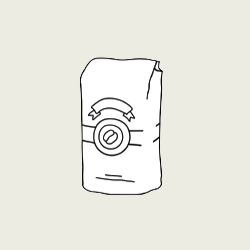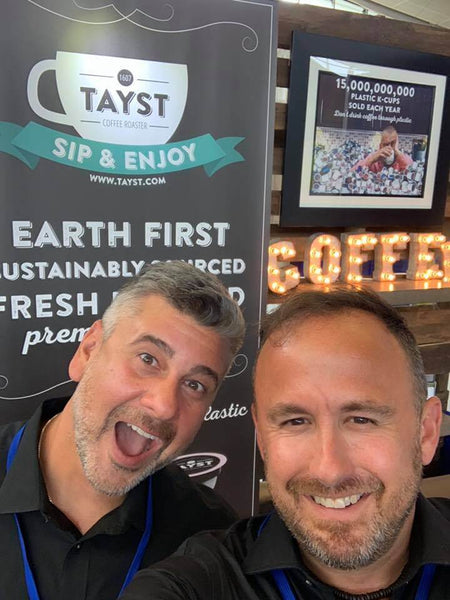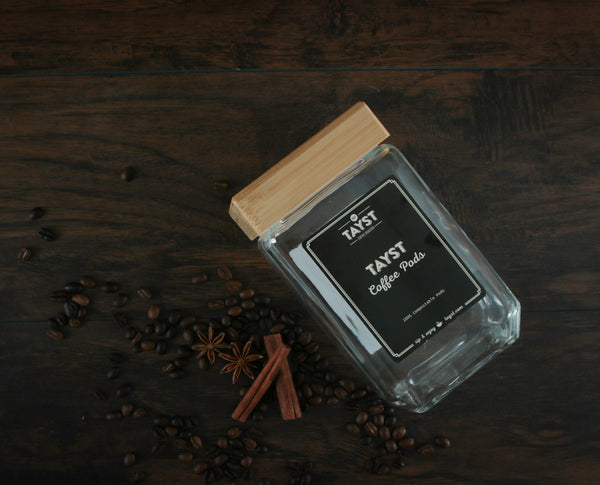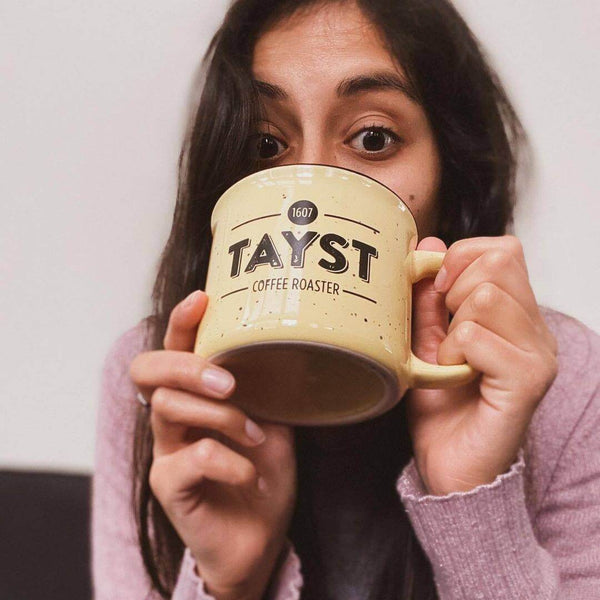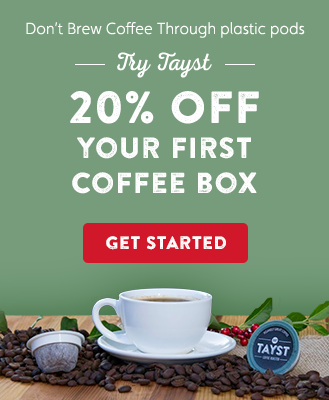
Remember the excitement surrounding the debut of Keurig single-serving cups? So cute, so convenient—the quick, fun way to make coffee and cater to everyone’s particular tastes when entertaining. Whether preparing coffee for yourself or for a crowd, the effort seemed minimal and even fun. Ignorance sure is bliss.
But the novelty of the single-serving Keurig and its European cousin, Nespresso, has faded quickly, as environmental and health concerns have begun to outweigh their benefits. But don’t you worry! There are plastic-free K cups that deliver the same quality of coffee in a safer vessel.
But first, we got to talk about the bad stuff. As we will talk more about below, plastic (and specifically microplastic) is a bigger problem than ever before. So, when it comes to living a healthier life and leaving behind a healthier planet, plastic-free is the way to go. Microplastics are dangerous, and studies have shown that they can kill human cells at concentrations found in the environment.
How Many People Use Plastic K Cups?
According to the National Coffee Association, more than a quarter of U.S. households own a pod-based coffee machine, adding up to a lot of pods. Worldwide, coffee pod usage has created a jaw-dropping number of discarded pods per year, something that could be severely minimized with the usage of plastic-free K cups. One notorious estimate from 2013 claims that the number of plastic pods sold that year—8.5 billion–could circle the Earth 10.5 times. Worse, plastic pod production has only increased since then.
But aren’t plastic K cups recyclable?
Yes and no. The combination of aluminum and plastic that comprises the cups complicates the recycling process, making them more likely to end up in a landfill. And, the onus is on consumers to separate the aluminum from the plastic, and then find the proper recycling facility that accepts this type of plastic. Moreover, it is non-biodegradable.
The increase of pods alarmed officials in the German city of Hamburg so much, that their use has been banned from government buildings. This is ironic considering that one of the creators of the K-cup, John Sylvan, said it was designed specifically for use in offices, not home use. Horrified by their environmental impact, he’s been quoted as saying, “I don’t know why people have them in their house.’ There’s a reason non-plastic K cups are coming around, they’re the alternative we need.
Are BPA Free Plastics Safe?
No! It's a common misconception that BPA-free plastic products are safe. “BPA-free” has become the key phrase we look for when purchasing water bottles, utensils, baby bottles, and other plastic items, and while K-cups fall into that category, this may not be enough to guarantee an absence of adverse effects on our health.
While free of BPA, K-cup plastic is plastic #7—essentially an “other” plastic, its components that Keurig won’t discuss or reveal because it is “proprietary."
“Keurig would not tell me what types of plastic go into its #7 blend, saying the information was proprietary, nor would it confirm or deny the presence of polystyrene in the mix,” writes a reporter from Mother Jones.
And may or may not contain polystyrene, which contains a possible carcinogen. Transparency is key in honest businesses. That’s why many plastic-free K cups show you exactly what they are made of. No funny business. Furthermore, even though this plastic is BPA-free, passing a hot liquid through it may still release harmful toxins that can contribute to hormone disruption in our bodies.
There’s a reason you might have been hearing so much about microplastics, and the need to avoid them. A recent study showed that microplastics have been found in human blood for the first time. But this isn’t the first time microplastics have been found. They’ve been found in human feces, and have been found in the fish and shellfish we eat. Microplastics are now considered the biggest threat to marine life. And if they are a threat to marine life, they affect the entire food chain, including us.
What Plastic Free Coffee Pods Fit in my Coffee Dispenser?
Tayst coffee pods are the perfect solution to avoiding microplastics. Compatible with either Keurig or Nespresso coffee pod makers, you choose which pod is for you and which superior variety of Tayst you’d prefer: Bold, Medium, Vanilla, or Decaf.
Tayst pods are plastic-free, compostable*, and created with biomaterials like compressed cornstarch. The mesh is made from renewable bio-resins. Even the ink printed on the lid is water-based and fully compostable*!
We have been consistently named as a top choice for eco-friendly coffee pods. Made with Rainforest Alliance-certified beans, the coffee’s quality is superior while farmers are paid fair wages and the environment remains protected. Our top quality isn’t just in the plastic-free K cups, it’s in the beans themselves. Avoiding microplastics doesn’t mean avoiding delicious flavor.
Coffee Urban chose our decaf blend as their number-one pod and EcoFreek listed us at number two, so we can brag a little.
You choose the pod that is compatible with your coffee maker—Keurig or Nespresso—and then pick which kind of coffee you’d like to drink and have it delivered to your home. It’s that easy! Start your day with coffee that’s good for you, and good for our world. Brew up a cup of Tayst today.
